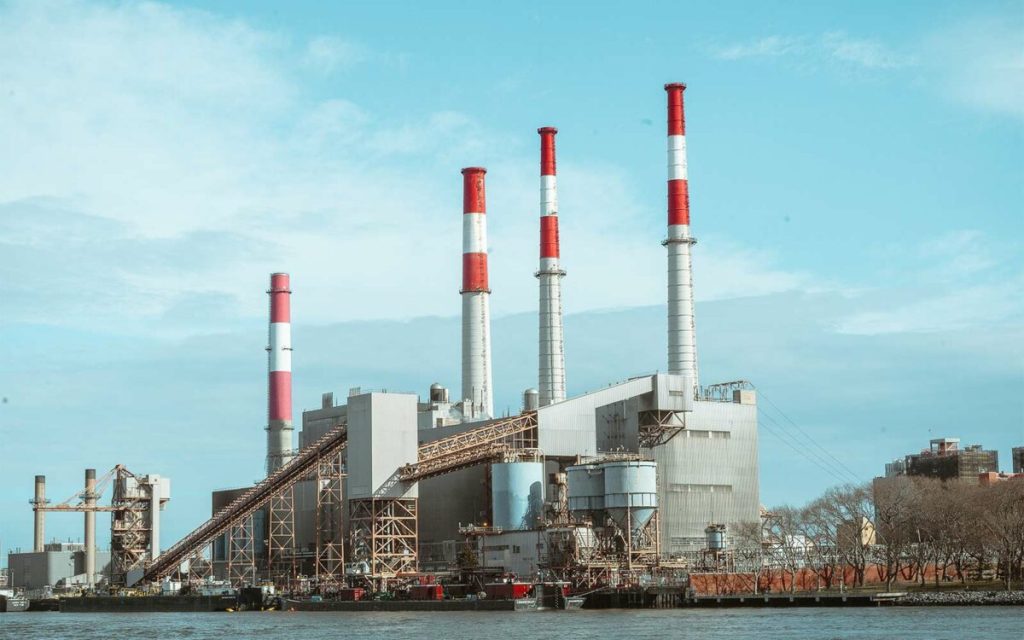What are the treatment methods of industrial solid waste?
Solid waste treatment, the full name of solid waste treatment, usually refers to the process of converting solid waste into physical, chemical, biological, physicochemical and biochemical methods suitable for transportation, storage, utilization or disposal. The goal of solid waste treatment is harmless reduction, reduction, and resource utilization.

The solid waste treatment industry is mainly composed of the domestic waste treatment market and the hazardous waste market. The main types of garbage are general industrial stationary waste, industrial hazardous waste, medical waste and municipal solid waste. General industrial solid waste mainly includes mining waste rock, beneficiation tailings, fuel waste residue, etc. Industrial hazardous wastes are mainly toxic, corrosive, infectious and other wastes. Medical wastes are mainly biological or non-biological wastes generated in the daily work of hospitals. Domestic waste mainly includes residential domestic waste, commercial waste and construction waste (dregs).
Solid waste treatment technology
Compaction Technology – Compaction is a pretreatment technology that reduces the volume of waste, reduces transportation costs, and prolongs the life of landfills. Cans, plastic bottles, etc. are usually first processed by compaction, which is suitable for compacting solid wastes that reduce their volume and should not be compacted. Some wastes that may cause operational problems, such as tar, sludge or liquid materials, are generally It is also not suitable for compaction.
Crushing technology – In order to reduce the shape of the waste entering the incinerator, landfill, composting system, etc., the solid waste must be crushed in advance. The crushed waste, due to the elimination of large gaps, is not only large in size. Homogeneous, and also uniform in texture, compacted during the landfill process. There are many crushing methods for solid waste, including impact crushing, shear crushing, extrusion crushing, friction crushing, etc. In addition, there are proprietary low-temperature crushing and hybrid crushing. The most widely used and most effective solid waste shredder is the shearing shredder, and for landfill and composting waste, the spiral roller shredder is more effective.
Sorting technology – solid waste sorting is an important means to realize the recycling and reduction of solid waste. Through sorting, the useful ones are fully selected and utilized, and the harmful ones are fully separated; the other is to separate the different granularity levels. The basic principle of sorting is to use some differences in the properties of materials to separate them.
Solidification treatment technology – solidification technology is a harmless treatment process that adds solidified substrates to waste, so that harmful solid wastes are fixed or contained in inert solidified substrates. The treated solidified products should have good resistance. Penetration, good mechanical properties, anti-leaching, anti-drying, anti-freezing and thawing properties, curing treatment can be divided into precipitation curing, asphalt curing, glass curing and colloidal curing according to the different curing substrates.
Incineration and pyrolysis technology – Incineration is a comprehensive treatment process of solid waste pyrolysis and deep oxidation. The advantage is that a large amount of harmful waste is decomposed into harmless substances. Due to the gradual increase in the proportion of combustibles in solid waste, it has become a necessary development trend to use incineration to treat solid waste and to utilize its heat energy. Environment and incineration plants are mostly located in large cities with more than 100,000 people, and are equipped with energy recovery systems.
Biological treatment technology – biological treatment technology is the use of microorganisms to decompose organic solid waste to make it harmless. It can convert organic solid waste into energy, food, feed and fertilizer, and can also be used to extract metals from waste products and waste residues. It is an effective technical method for solidifying waste resources. It is widely used in composting, biogas production, sugar production from waste cellulose, feed production from waste fiber, and bioleaching.
